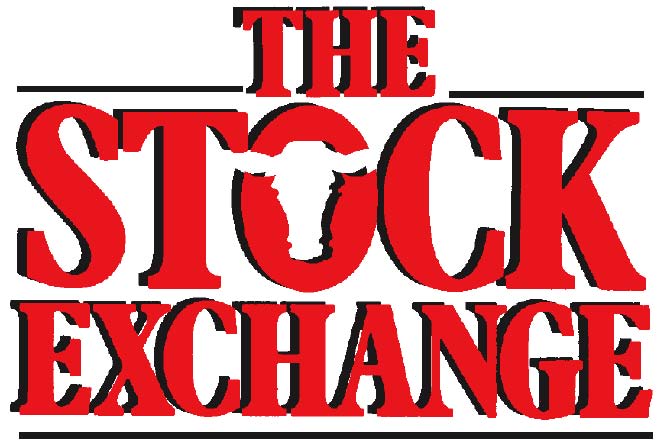Forage management and cow size
Steve Boyles, OSU Beef Extension Specialist Increased Hay Production per Cow: The increased use of the round baler and other hay production technologies since the early and mid-1970s (Van Keuren, OARDC – The History of the Development of the Large Round Bale) has lowered the labor requirement and increased the convenience of hay production. Hay production per cow in the southeastern United States has increased by 136% (USDA NASS, 2016) since 1976. Reliance…
